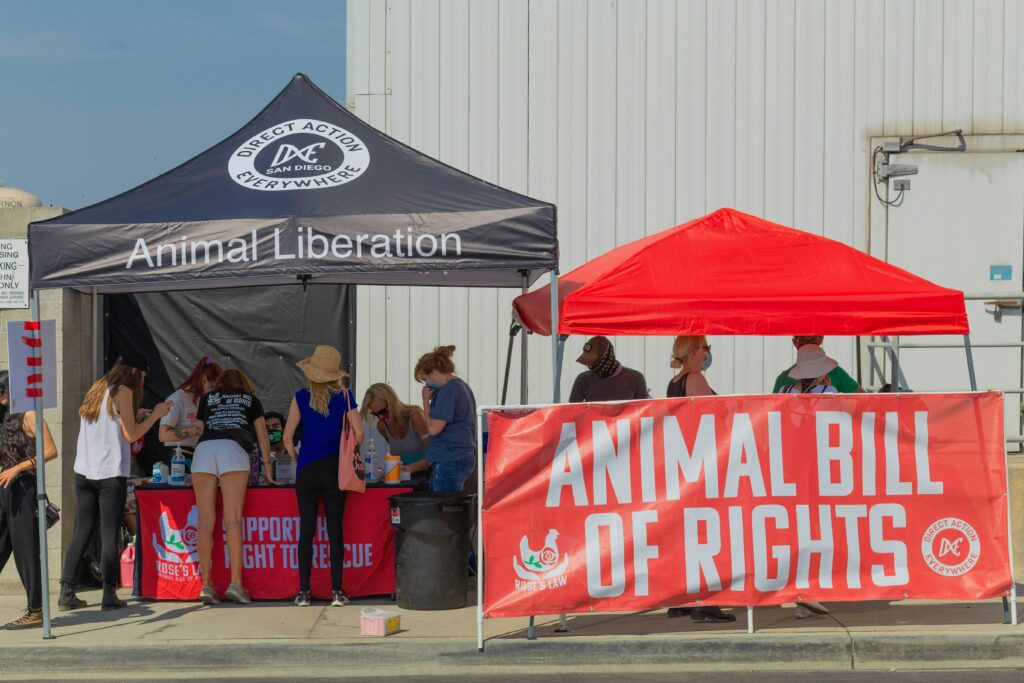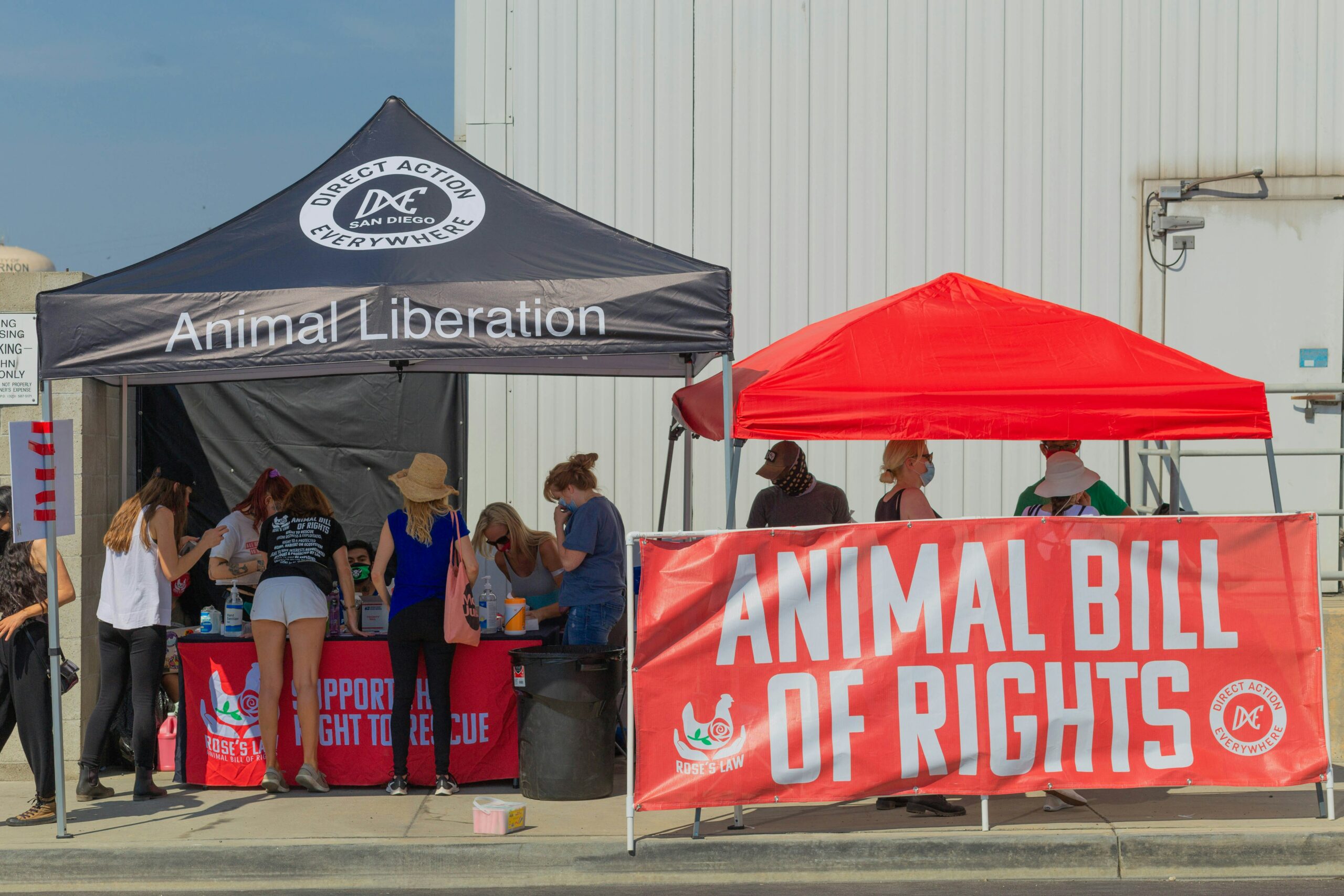
How to Advocate for Animal Rights This Spring with Easy Everyday Changes
Springtime often signals new beginnings and a time for renewal. It’s an ideal moment to reassess lifestyles and choices, particularly when it comes to advocating for animal rights. Cruelty-free living embodies the practice of consciously making ethical decisions that do not inflict harm or suffering on animals, spanning from diet to daily consumer products. This approach not only helps to reduce animal exploitation but also promotes a more compassionate lifestyle.
Adopting a vegan diet, where one abstains from consuming animal products, is a significant step towards cruelty-free living. The benefits of veganism extend beyond animal welfare, as it can also have positive impacts on health and the environment. Opting for cruelty-free products, those which have not been tested on animals and contain no animal-derived ingredients, further aligns consumers’ purchasing habits with their advocacy for animal rights.
As the earth thaws and the natural world reawakens, it’s an exceptional time to explore and embrace cruelty-free choices. Individuals can make a substantial difference through informed decisions, such as supporting companies with ethical production practices and engaging in activism that promotes animal welfare. Living cruelty-free is a potent statement in favor of a compassionate and humane society, and with each choice, advocates can contribute to a collective force for change this spring.
The Principles of Cruelty-Free Living
As the seasons change and the world reawakens, many individuals seek to align their lifestyle more closely with their values of compassion and kindness toward all living beings. The principles of cruelty-free living encompass a deep understanding of animal rights, a commitment to a vegan lifestyle, and the conscious selection of cruelty-free products, all with the goal of reducing harm to animals.
Understanding Animal Rights
Animal rights are predicated on the belief that animals, like humans, should not be subjected to suffering or exploitation. An essential component of cruelty-free living is recognizing that animals deserve autonomy—meaning they have the ability to live according to their own desires and instincts rather than serving the needs of humans. Organizations like The Humane League stress the importance of viewing animals as sentient beings with inherent value rather than as commodities.
Adopting a Vegan Lifestyle
Adopting a vegan lifestyle is one powerful way individuals can support animal rights. Veganism extends beyond diet, avoiding meat, dairy, and all animal products, to include all aspects of life. For instance, vegans choose not to wear clothing derived from animals, such as leather or wool, and they advocate for alternative materials that don’t cause harm to animals. By doing so, they help drive the demand for cruelty-free fashion in the industry. The act of choosing plant-based options and advocating for veganism is an act of kindness that seeks to minimize cruelty and the suffering of animals.
Choosing Cruelty-Free Products
Cruelty-free living also involves careful selection of everyday products such as cosmetics, household cleaners, and personal care items. To avoid supporting companies that test on animals, it is crucial to look for cruelty-free brands that have certifications such as the Leaping Bunny logo, which signifies no new animal testing in any phase of product development. This practice encourages businesses to adopt animal-friendly policies and promotes the development of alternatives to animal testing, creating a more humane and ethical market.
Advocating for Change
Spring represents renewal and growth, making it the perfect time for individuals to engage in advocating for animal rights and effectuating positive change. Armed with dedication and the right strategies, anyone can contribute to the movement for a more compassionate world for animals.
Raising Awareness Through Social Media
One can begin by raising awareness on social media, as platforms like Facebook and Twitter serve as powerful tools for change. Individuals can share educational content, success stories, and calls to action with their followers.
Example Post:
- Facebook: Did you know? Choosing cruelty-free products directly supports ethical treatments of animals. Discover how on Cruelty-Free Living.
Tweet Template:
- “By supporting animal rights movements, we’re not just advocating for animals, we’re standing for what’s ethically right! #AnimalRights #EthicalLiving”
Supporting Animal Rights Movements
Donations can significantly aid animal rights organizations. They rely on public support to fund rescue operations, education programs, and advocate for legal changes. Participating in protests and events also demonstrates collective resolve and courage.
Quick Donation Guide:
- Choose a reputable organization.
- Decide on one-time or monthly support.
- Spread the word to friends and family.
Effective Lobbying for Animal Welfare
In the realm of lobbying for animal welfare, it’s crucial to communicate with legislators clearly and persuasively. One can write letters, make phone calls, or schedule meetings to discuss the importance of animal advocacy laws.
Lobbying Checklist:
- Research current animal welfare legislation.
- Prepare clear, factual arguments for change.
- Collaborate with local animal rights activists.
Living Cruelty-Free Every Day
Making a commitment to cruelty-free living requires daily mindfulness in one’s choices, from the food they eat to the items they purchase. This everyday practice is not just about personal habits; it’s also about supporting systems and brands that align with ethical treatment of animals.
Daily Habits for Animal Advocacy
Animal advocacy starts with everyday actions. Consumers can begin by educating themselves about the impact of their choices and seeking out resources to make informed decisions. They should consistently opt for plant-based foods and incorporate more vegan recipes into their meals to support a lifestyle that respects animal welfare. Engaging in conversations and spreading awareness can also be part of one’s daily routine, thereby fostering a culture of respect for animals.
Cruelty-Free Shopping Guide
Shopping with a conscience means looking for cruelty-free products every time one visits the store. Consumers should watch out for certifications and labels that guarantee no harm was done to animals in the making of a product. For personal care and household items, there are numerous cruelty-free alternatives available. Additionally, choosing to gift items that are cruelty-free can further promote this vital cause.
Supporting Ethical Brands and Non-Profits
Support goes beyond personal choices; it involves backing entities that make a significant difference. Consumers can show support by purchasing from brands that are dedicated to ethical practices and align with a cruelty-free philosophy. Moreover, they can donate to or volunteer with non-profit organizations that work tirelessly to advocate for animals. By directing resources to these groups, consumers amplify their impact and contribute to a broader movement for change.
Continuing Education and Support
For individuals passionate about animal welfare, enhancing their knowledge and offering support are pivotal steps toward meaningful advocacy. By engaging in educational resources and working with established organizations, they can amplify their impact on the lives of animals in need.
Learning More About Animal Welfare
A solid foundation in animal welfare begins with accessing credible information. A variety of books and online materials are available for education on pertinent issues affecting animals. The Humane Society of the United States provides extensive insights into animal rights and welfare. Meanwhile, registered dietitians offer guidance on plant-based nutrition that aligns with a cruelty-free lifestyle. It is essential to continually learn to stay informed of effective solutions for improving animal well-being.
How Donations Make a Difference
Donations serve as the lifeblood for animal rights organizations, including the ASPCA and local shelters. Even small contributions can fund:
- Rescue operations
- Medical care for animals in need
- Advocacy campaigns
Monetary support enables these groups to operate effectively, extending their reach and resources to promote animal well-being.
Collaboration With Local Animal Rights Groups
Working alongside local animal rights groups is a key strategy for advocates. This often presents opportunities for volunteering, participating in community events, and crafting impactful legislations with the support of established entities such as the Humane Society of the United States. Collaboration fosters a strong community network that is essential in driving long-term change for animal welfare.







